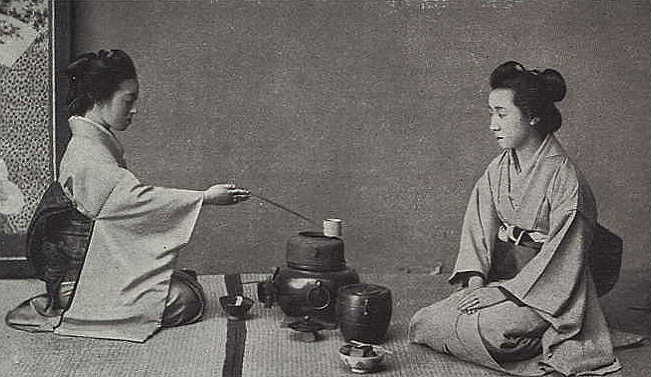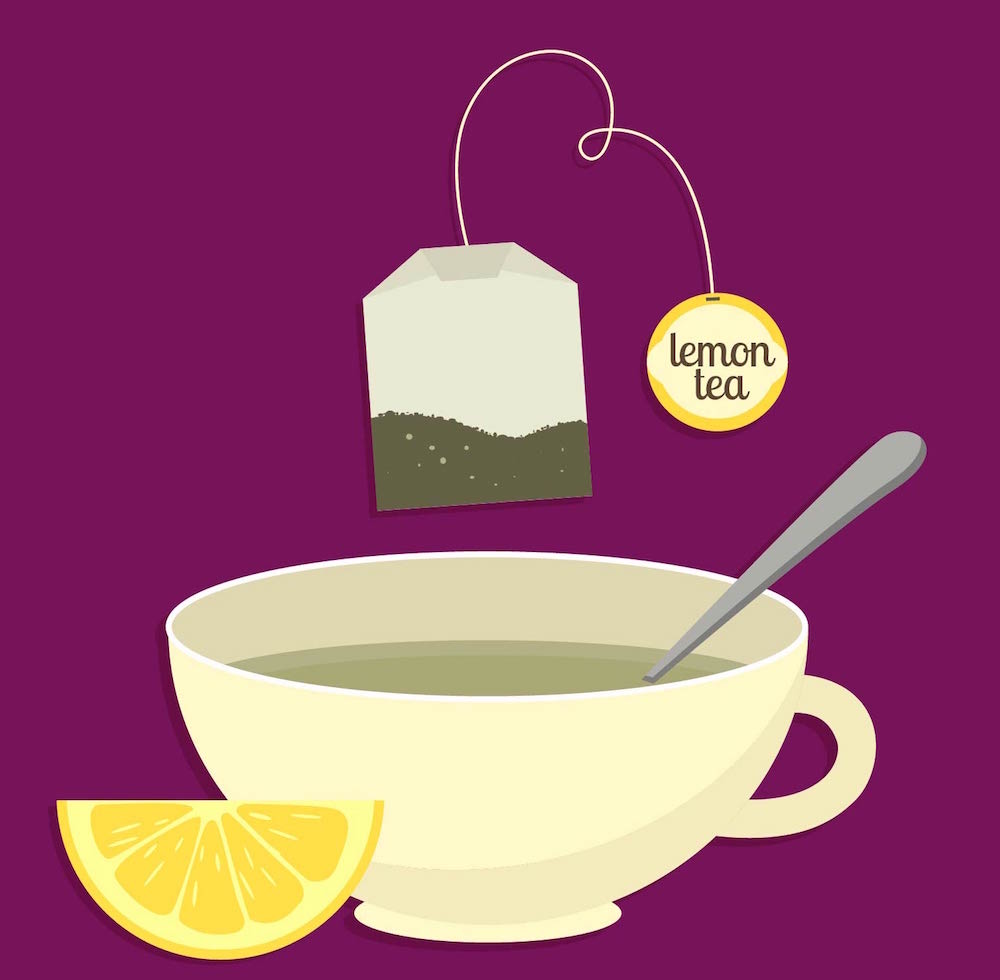Tea Ceremony: Cha No Yu in Japan

Each culture has its own festivals and celebrations. In the case of the Japanese, there is the "Japanese tea ceremony". It's a far more important moment than just putting hot tea in a travel mug to get to work as soon as possible. Indeed, tea brings the Eastern population a lot together, much more than at home.
The host, dressed elegantly with a magnificent kimono, receives his guests. It will reduce the green tea powder - we can now call it "matcha tea" - as the chocolate powder is for a hot chocolate (or cold). Thus, it does not require the use of a filter.
The term "ceremony" is ours, Westerners, who describe it as "accompanying the celebration of religious worship" (Larousse online).
However, even in the East, they wonder why to make simple when we can make complicated in our modern world? We like it, go through 36 different paths. That's why they named this "ceremony" in 3 different ways (two of which are variants of the same word).
- Cha no yu ("hot water for tea"), describing the art around this celebration.
- Sadō or chadō ("path of tea") which is the study of this ceremony.
As if it were not complex enough, each school of thought has its own little rules, each one has its own ritual. It's like the little routine we do every morning: no one does exactly like us.
To return to the ceremony itself, the host invites its guests to take a seat in a tea room that measures 4 tatami and a half, on average (yes, it is not only the Anglo-Saxons who use nonmetric measurement systems, but, in good French, it is equivalent to 91cm x 182 cm).
The tea ceremony is a bit like the Western etiquette at the table, its 50 knives and forks: everything must be done in the rules of art through a few steps summarized here:
- All utensils are cleaned by the guest (tea bowl, whip and scoop) and placed on the table in a specific order.
- The host will then dose the amount of matcha tea he wishes to incorporate into each of the guests' bowls.
Of course, a ceremony must have a golden rule (moreover, you should know that this rule should also be practiced in the West). This one evokes as follows: MINIMAL conversation. Calm down ! Yes, we should all get together like this, to relax! We have too little of that kind of moment in our culture.
On these beautiful words - the silence is golden - here is what puts an end to this brief interlude on the tea ceremony. It must be remembered that it looks strangely like a cake icing: everyone is a little in his sauce and there are many variations, but the base (sugar, here) remains the same.
